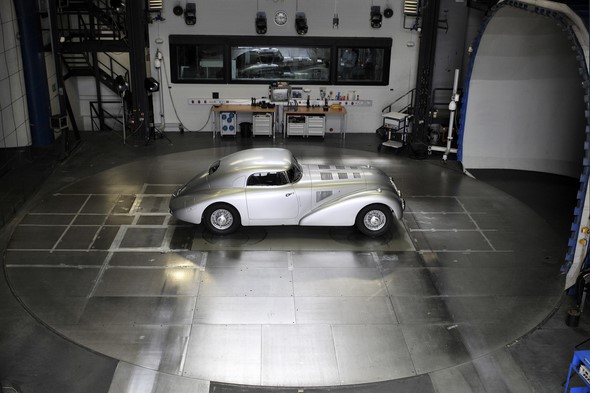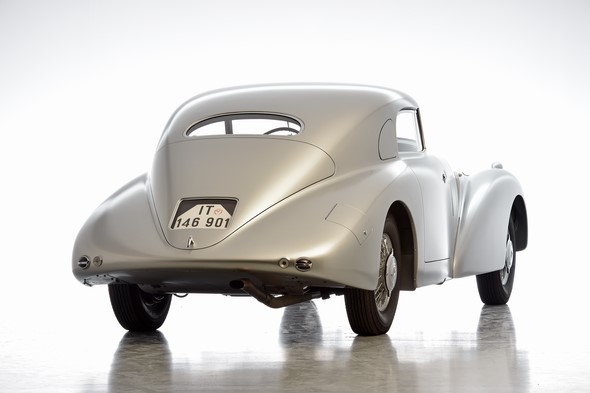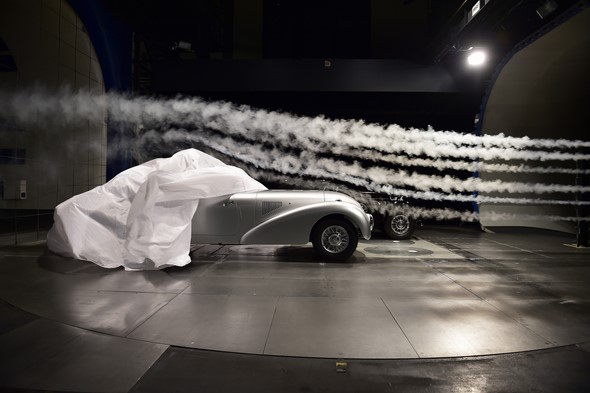

- Public premiere for this trendsetting one-of-a-kind model dating from 1938
- In addition: Mercedes Grand Prix racing car of 1914 recalls historic one-two-three victory of 100 years ago
Mercedes-Benz Classic will showcase the 540 K Streamliner at this year’s Pebble Beach Concours d’Elégance. Following extensive restoration and reconstruction, this extraordinary vehicle dating from 1938 will celebrate its international public premiere on the west coast of America.
The 540 K will also participate in the Tour d’Elégance on Thursday 14 August, and exhibited at the Concours d’Elégance on Sunday 17 August.
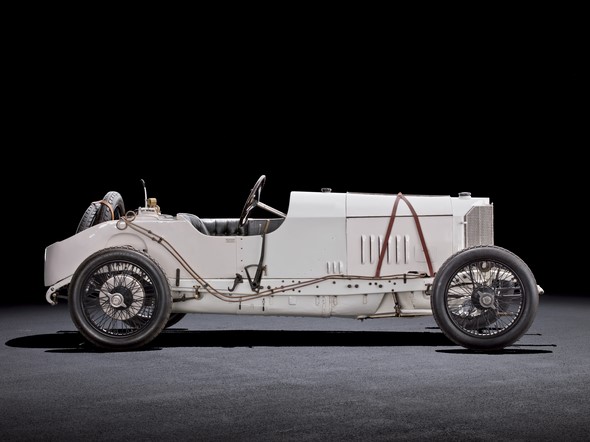
“The 540 K Streamliner represents the embodiment of perfection in its purest form”, says Michael Bock, Head of Mercedes-Benz Classic and Customer Center.
“The integrity of its overall design as well as numerous technical details do not only epitomise the innovative power of the Mercedes-Benz brand but also its expertise in the development of one-off vehicles to meet the very highest expectations in terms of design, comfort and customer benefit.”
This exceptional vehicle was built with a powerful supercharged engine for high-speed, long distance motoring.
Thanks to its lightweight aluminium bodyshell developed in the wind tunnel, the 540 K Streamliner is an object lesson in efficiency for its size class.
In addition to its lightweight construction and sophisticated aerodynamics, it is the car’s outstanding exterior and interior design, elegant appointments and spaciousness that make the 540 K Streamliner such a very special vehicle.
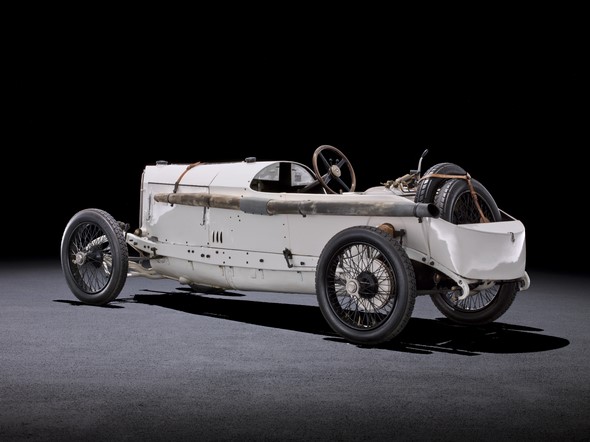
As part of a complex and time-consuming project, Mercedes-Benz Classic restored and rebuilt the vehicle to its original condition, using only the technical skills, methods and materials of the period from which the vehicle originates.
The result is a spectacular, one-of-a-kind vehicle, as it was in 1938: a herald of the future, combining innovative 1930s vehicle design with exceptional efficiency and a sophisticated, sleek aesthetic appeal.
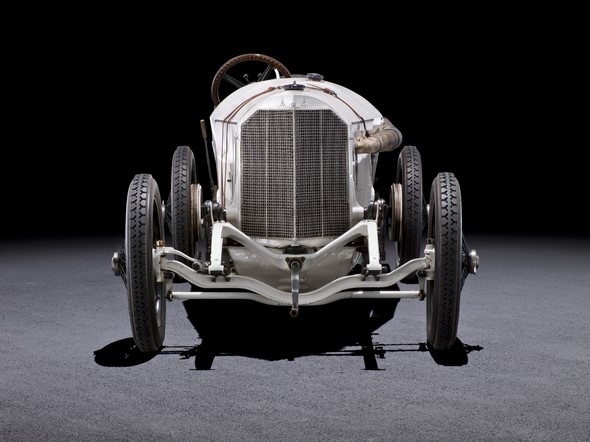
Reunited: The Mercedes Grand Prix racing car of 1914
A further theme of this year’s Concours d’Elégance is the French Grand Prix of 1914. On 4 July 1914, near Lyon, Mercedes celebrated an epic one-two-three victory – the first in the history of Grand Prix racing.
The three examples of this stunning racing car still in existence will be shown in a specially created judging class, including the winning vehicle from 1914.
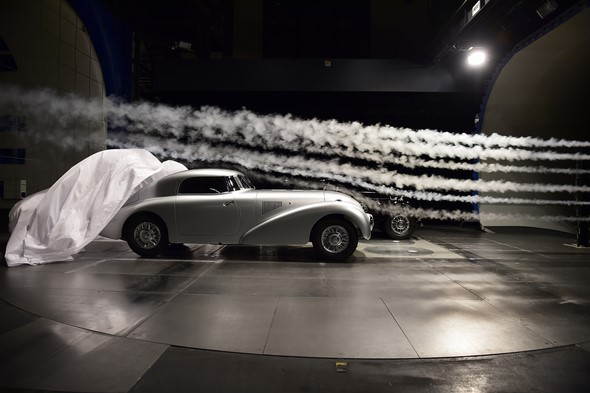
The Grand Prix cars, all of which are in full running order, come from the collections of George Wingard, the Collier Collection and the Mercedes-Benz Classic collection.
Mercedes-Benz Classic’s presence at the Pebble Beach Concours d’Elégance is all about truly exceptional automobiles.
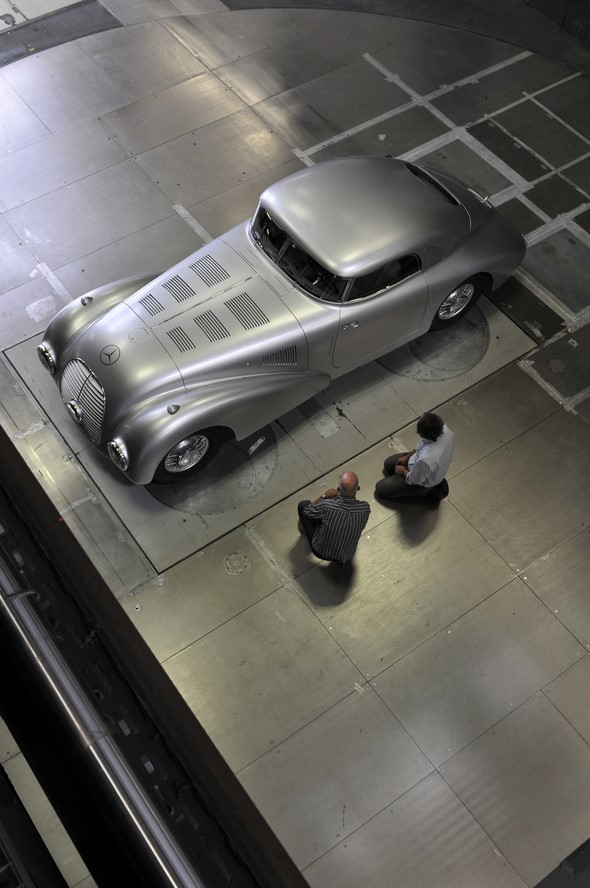
Held on the 18th green of the “Pebble Beach Golf Linkss one of the most important events for historical automobiles Mercedes-Benz maintains a long-standing tradition of top awards at the Pebble Beach Concours d’Elégance: the long list of “Best of Show” awards received under the Californian sun since 1950 include several outright victories and more than 120 class victories and special prizes.
The Mercedes-Benz Classic vehicles at the Pebble Beach Concours d’Elégance 2014
Mercedes-Benz 540 K Streamliner, 1938
The Mercedes-Benz 540 K streamlined saloon was developed in 1937/38 in the special vehicle production unit at the company’s Sindelfingen plant in the style of a Gran Turismo, although the conventions of the 1930s meant that the designers described this body shape as a streamlined saloon, or quite simply ‘Streamliner.’

Based on a chassis from the standard-production 540 K model, a powerful supercharged engine would accelerate rapidly for sustained high-speed travel over long distances.
Thanks to its lightweight aluminium bodyshell, developed in the wind tunnel, this unique vehicle is an object lesson in efficiency for its performance category.
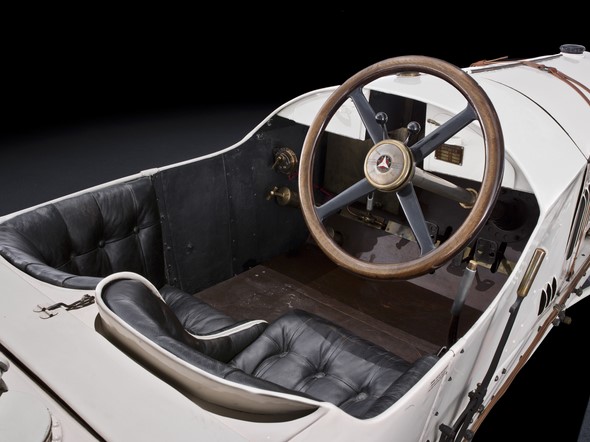
In addition to its lightweight construction and sophisticated aerodynamics, the car’s outstanding exterior and interior design, elegant appointments and spaciousness distinguish the 540 K Streamliner as a very special vehicle.
It was originally designed to take part in the long-distance Berlin-Rome race, planned for the autumn of 1938. This was initially postponed until 1939 and then ultimately cancelled completely due to the outbreak of the Second World War.

From mid-1938 onwards, the streamlined model was used by the German branch of tire manufacturer Dunlop for the relentless everyday testing of high-speed tyres for fast cars. Mothballed after the war, 2014 sees it thrust into the limelight once more following a full restoration to its original condition.
As part of a complex and time-consuming project, Mercedes-Benz Classic has restored and rebuilt the vehicle to its absolute original condition, and has done so using only the technical skills, methods and materials of the period from which the vehicle originates.
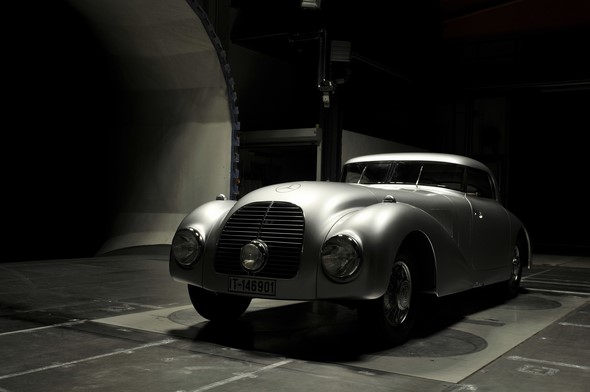
The search for information in the archives produced important documentary evidence, with the end result culminating in a spectacular one-off vehicle.
The Streamliner thus stands today as it was when first seen in 1938: a herald of the future, whose stunning bodyshell makes high driving speeds and exceptional performance seem perfectly credible, even before it moves an inch.
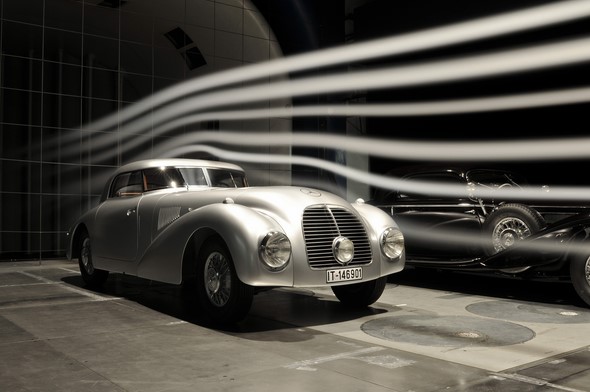
Technical data
Year of construction: 1938
Cylinders: 8/in-line
Displacement: 5401 cubic centimetres
Output: 85 kW (115 hp), with supercharger 132 kW (180 hp)
Top speed: 185 km/h
Mercedes Grand Prix racing car, 1914
On July 14, 1914 Mercedes celebrated a triumphant one-two-three victory in the French Grand Prix. The race was held over an extremely challenging 37.6-kilometer circuit to the south of Lyon, covering 20 laps and a total distance of around 750 kilometers. The Mercedes team redesigned the car to comply with a new regulation limiting displacement to 4.5 liters. Built with a systematic approach to lightweight design and to withstand engine speeds of more than 300 rpm, its four-cylinder technology made the engine both powerful and, at the same time, superbly efficient. Although Mercedes competed against supposedly superior adversaries – above all Peugeot and Delage from France, Sunbeam from England and Fiat from Italy – after 7 hours, Christian Lautenschlager, Louis Wagner and Otto Salzer had made their way right to the front. This first one-two-three “triple” victory in the history of motor racing was reported in the English magazine “Autocar” as follows: “The Mercedes victory was a victory that showed them to be superior in every respect”. The French press wrote: “There can really be no greater achievement than this.” Less than four weeks after the team’s triumphant victory the First World War broke out, marking the end of motorsport in Europefor the foreseeable future.



